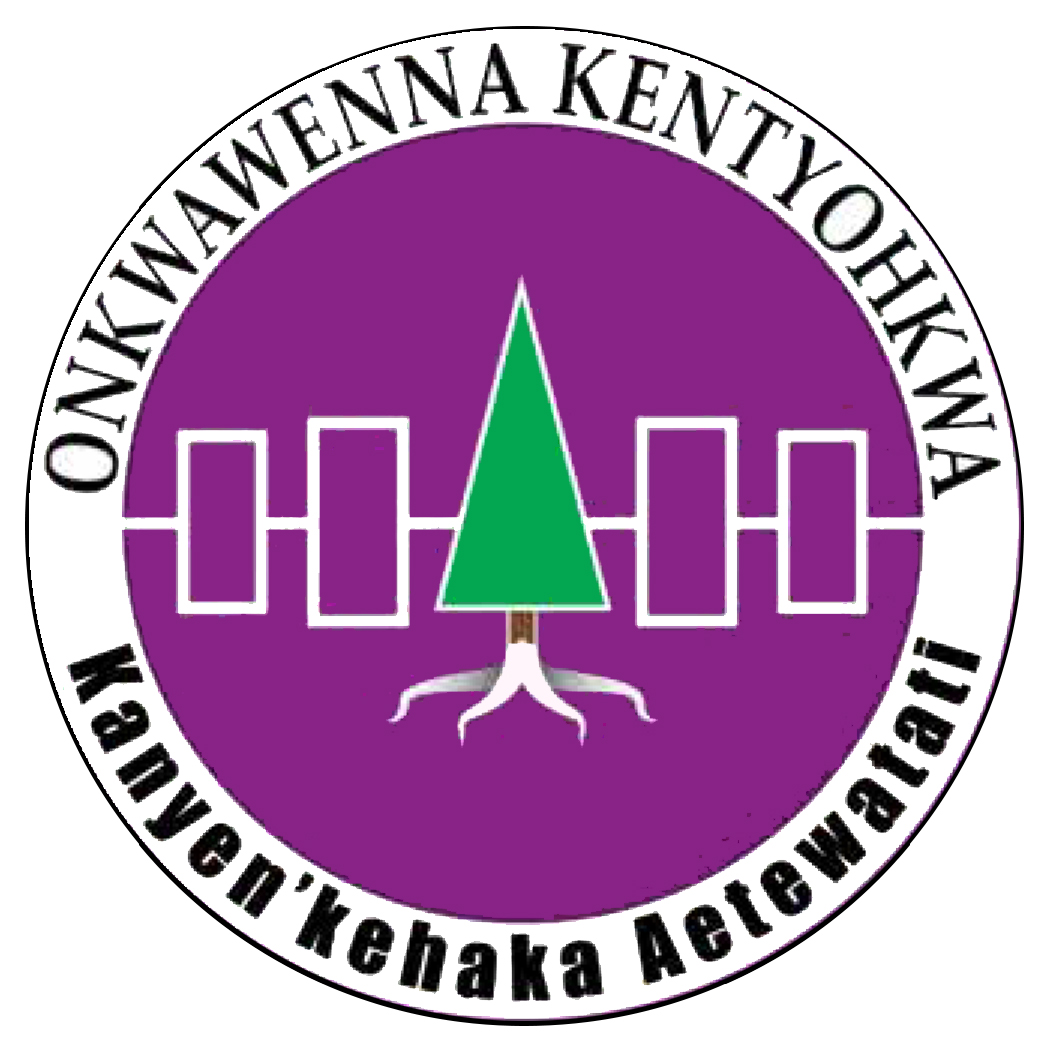2nd Year Program
Goal
To enable students who have completed the First-Year Program to hold extended conversations with fluent speakers, in general terms, on almost any subject. They will be able to describe daily household routines, life-cycle events, common occupations, recreational activities, movement and travel, historical events, the senses, body movement and functions, mental and emotional changes, interpersonal communication and interpersonal relationships in any time frame. As well, they will be able to make complex descriptions of events regarding direction, repetition, co-incidental occurence, multiple actions, reversals and movement to accomplish an action. They will be able to paraphrase what they are saying and elicit the meaning of words they don’t understand through conversation in Kanyen’keha. They will speak and understand the Ohsweken dialect at a normal speaking pace. They will also learn vocabulary and expressions from other dialects.
Method
Classroom instruction involving one full-time instructor for six hours per day, five days per week for 33 weeks, for approximately 1,000 hours. Although the program is geared to creating oral proficiency and although written materials are not primary teaching tools in the First-Year Program, they are used to a far greater extent to teach vocabulary in the Second-Year Program. Students learn the grammar through lectures, oral drills and dialogues. Ninety-nine percent of classroom discussion takes place in Kanyen’keha. The vocabulary and associated grammar in the Second-Year Program will be taught in six sequential units of roughly five weeks each. Students will be tested at the end of each unit to assess their mastery of grammar and vocabulary.
